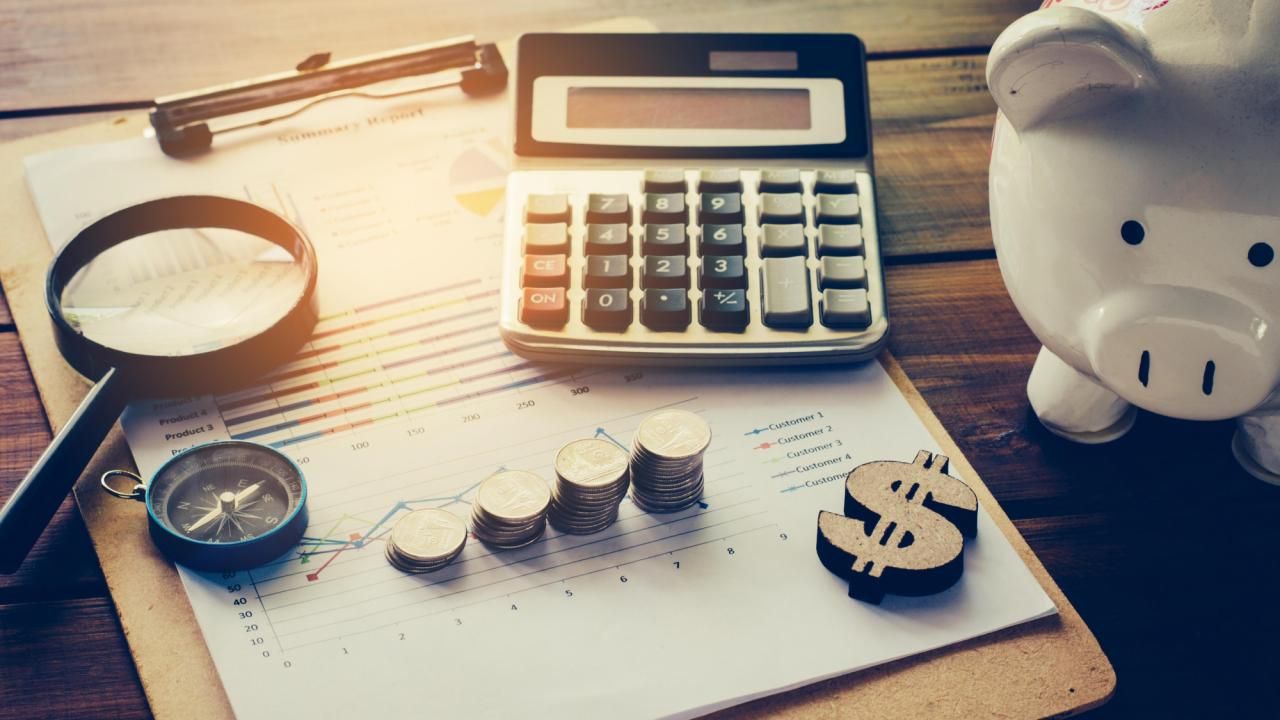Tips to build your budget while investing in the future

Welcome to part 3 of this 3-part financial independence series. Tara Lynn talks with financial coach Monica Scudieri, author of Grab Your Slice of Financial Independence, to find out how to make budgeting less intimidating and how to reach your definition of financial freedom.
In part one we talked about, defining what financial independence looks like for you, why it's important, and where to start.
In part two we took a closer look at your cash flow, how to adjusting your spending to better align with your priorities and how to build a budget that supports your lifestyle while investing in the future.
Tara: Monica, after going through the steps above, how do we know when we have achieved our personal definition of financial independence?
Monica: It's a very personalized answer, but here is how we use all the information we gathered and put it together.
Cash flow - Today
Look at your monthly cash flow. Once you have made the necessary adjustments to align your spending to what is truly important check how much is going out on average? Are you living below your means and paying yourself first?
Cash flow - Tomorrow
Project spending to five years, ten years, and 15 years… and estimate what your expenses will be. Chances are in many categories’ expenses will go down, like, gas and clothes. But other categories may go up like vacations. Think about your lifestyle, what is important and make a best guess. Then every year, as you learn more, make the necessary adjustments.
Consider this as part of your future expenses:
- Do you have any big expenses coming up? Car repairs? Home repairs? Big vacation? Kids need braces? Make a list and note when you need the money for each and how much. Do your homework and be conservative in your guessing...better to have it and not need it versus need it and not have it.
- Medical expenses: The cost of healthcare has skyrocketed over the years. If you are healthy, maybe this is not a big concern but if you have some health issues that cost you every month, they need to be factored into your present and future cash flow math.
- Have a "Rainy Day Fund": Fund the rainy-day fund with 6 months worth of living expenses, plus any big expenses coming up within the next 18 months.
Tara: Now, how do we pull it all together to create a budget?
Monica: Here's where things get really personalized and working with a financial coach can help walk you through the details. I like to begin with these key areas to make a plan to become financially independent:
1. Work: Are you working full-time, part-time or ready to retire?
2. Debt: Make sure all debt is paid in full. Anything with high interest should be paid off as quickly as possible.
3. Mortgage: determine if this will be paid off or carry a loan and make it part of the budget.
4. Passive income: This is income that comes to you without actively earning it. For example: social security and pension or recurring business revenue.
Always discuss financial plans with you financial advisor and tax accountant.
Bonus advice: Prepping for retirement
The key to financial independence in retirement is having enough passive income to cover monthly expenses. The perfect scenario is to have enough passive income to cover monthly expenses plus an extra $1,000 to $1,500 per month.
One of the best rules of thumb when it comes to determining how long cash investments will cover you is from Wes Moss. It’s called the $1,000 Bucks-A-Month Rule which states that "for every $1,000 bucks per month you want to have at your disposal in retirement, you need to have $240,000 saved."
Let's to the math.
$240,000 x 5% = $12,000 and $12,000/12 = $1,000.
This would last 20 years with no accrued interest or $12,000 x 20 = $240,000.
Here's the math for someone ready for retirement whose expenses total $4,000 per month and collects $1,500 per month in social security and collects a pension at $2,000 per month.
At $4,000 expenses - $1,500 social security - $2,000 pension = leaves a deficit of $500 per month. How will you cover that deficit? Consider cash investments, a part-time job or another passive income stream.
Do you have to wait for social security? Absolutely not! There are more ways than ever to make money… what does your financial independence journey look like?
Tara Lynn is a former WRAL reporter and anchor. She lends her 15-plus years in journalism to tell visual stories through love-filled photography for families of all kinds. The mother of three little humans and one senior rescue dog believes in celebrating magic in the little things, the big loves, and the imperfect moments that make the most remarkable memories. Her vision is to help families celebrate and share their love through photography and curated album artwork that become timeless keepsakes connecting multiple generations...because moments often pass in the blink of an eye, and the photographs we take connect us to our memories and our great loves, forever.
You can find Tara Lynn on Instagram at @TaraLynn_andCo and TaraLynnAndCo.com. Learn more about her photography at TaraLynnAndCoPhoto.com.










